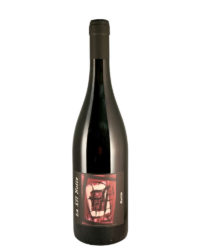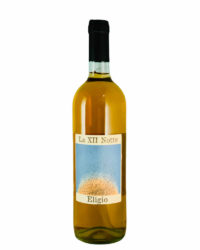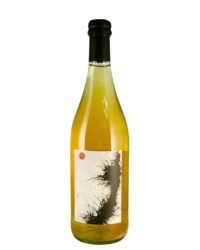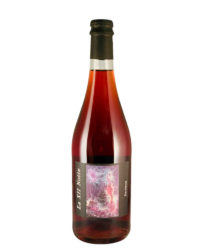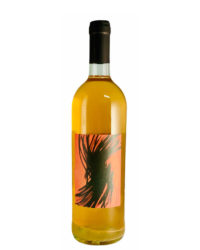Maria Bortolotti Winery
The Cantina di Maria Bortolotti stands on the slopes of the hills of Ponte Ronca, 15 km west of Bologna, which rise slowly and still very gently towards the Apennines. This place was chosen by Maria Bortolotti over 30 years ago when, after years of hesitation, she decided to give up her job as a teacher to finally become what she always wanted to be: an oenologist. In the limestone-clayey soils, in addition to the existing vines, he has also planted Barbera, Sauvignon blanc and Pignoletto, all native varieties of the area for centuries.
Maria has cultivated her vineyards organically since the beginning, and is certified accordingly since 1992 with the help of her son Flavio Cantelli who has never changed any of this, indeed, in this way she is able to draw from Pignoletto all the its potential as in the Bosco and interprets it with equal success in a wide variety of styles such as in the Falestar and Mamolo.
In the cellar, what happened in the countryside is simply respected: after fermentation, a series of decanting is limited, and until bottling the wine is not separated from the noble lees, where precious yeasts, proteins, amino acids and vitamins.

The Cantina di Maria Bortolotti stands on the slopes of the hills of Ponte Ronca, 15 km west of Bologna, which rise slowly and still very gently towards the Apennines. This place was chosen by Maria Bortolotti over 30 years ago when, after years of hesitation, she decided to give up her job as a teacher to finally become what she always wanted to be: an oenologist. In the limestone-clayey soils, in addition to the existing vines, he has also planted Barbera, Sauvignon blanc and Pignoletto, all native varieties of the area for centuries.
Maria has cultivated her vineyards organically since the beginning, and is certified accordingly since 1992 with the help of her son Flavio Cantelli who has never changed any of this, indeed, in this way she is able to draw from Pignoletto all the its potential as in the Bosco and interprets it with equal success in a wide variety of styles such as in the Falestar and Mamolo.
In the cellar, what happened in the countryside is simply respected: after fermentation, a series of decanting is limited, and until bottling the wine is not separated from the noble lees, where precious yeasts, proteins, amino acids and vitamins.


